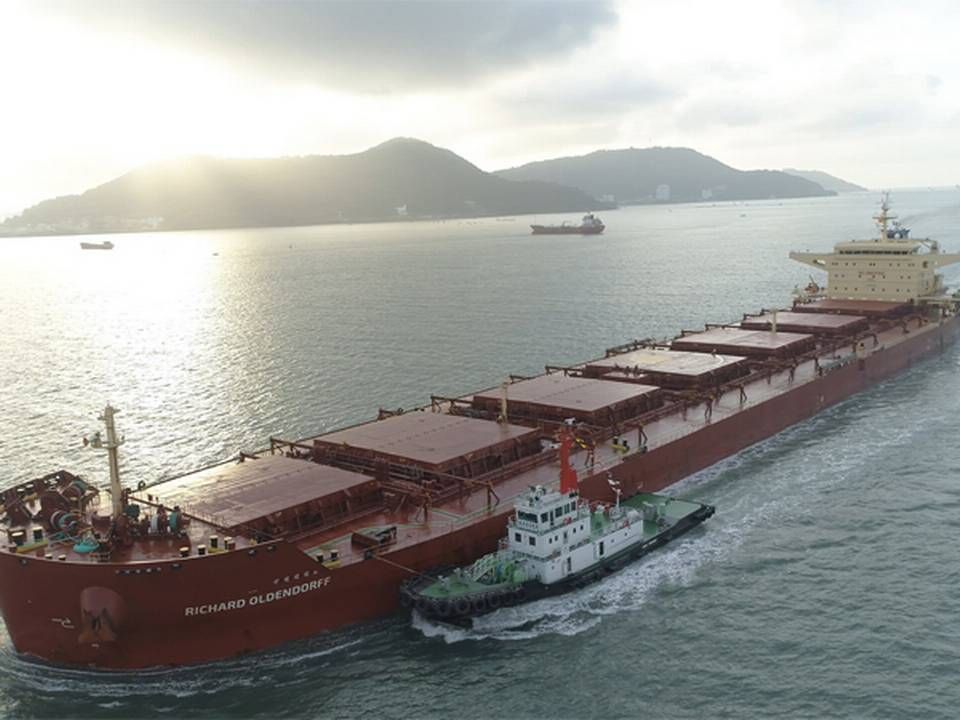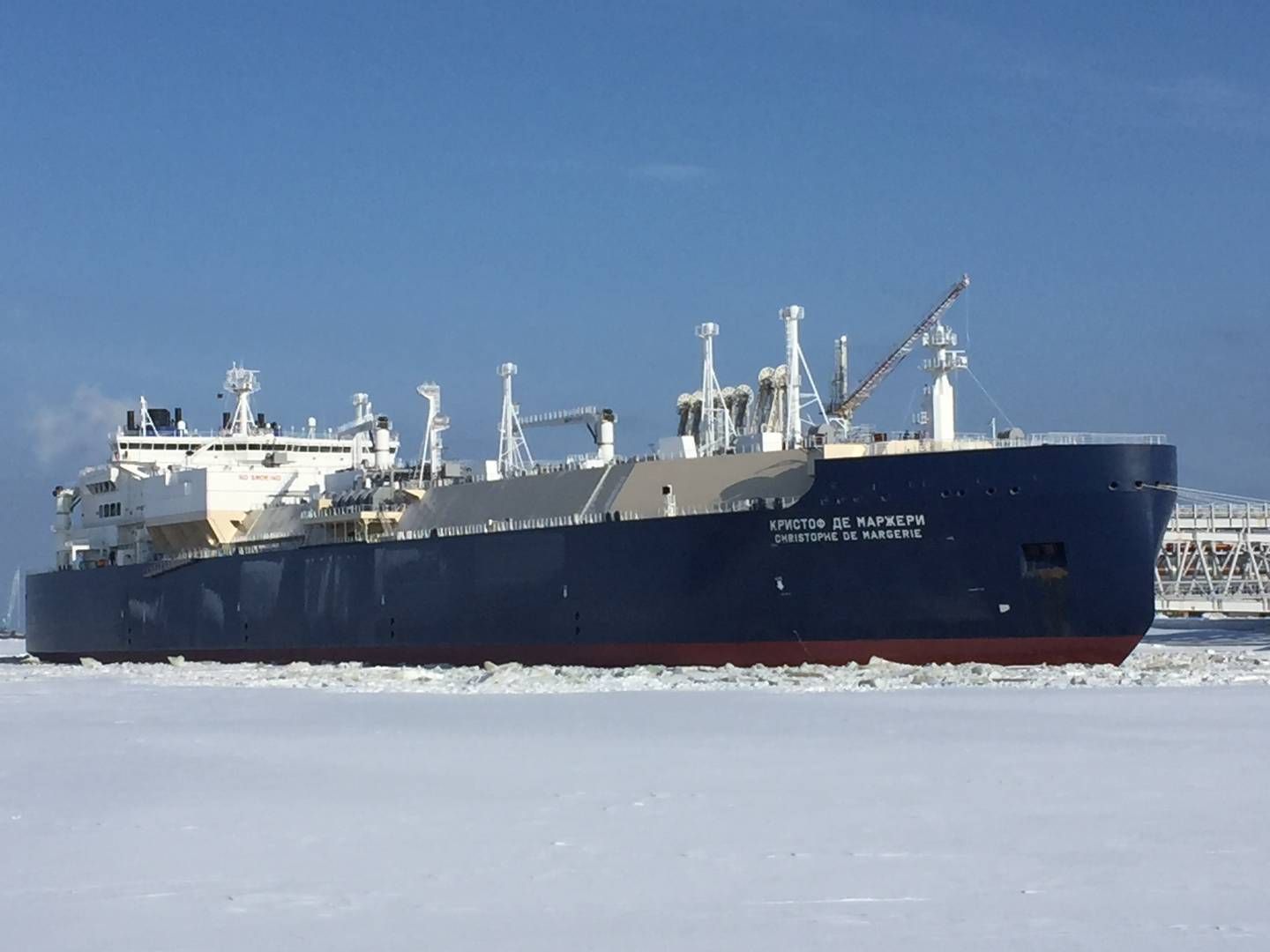Bulk rates soared in 2017 thanks to China

The expectations were high, but the bulk market nevertheless ended up positively surprising in 2017.
After a slow start, rates began to increase from June, while in December they ended at their highest level in three years with 1730 points on the Baltic Dry Index.
"Everything has really gone in the right direction in 2017," says Peter Sand, chief shipping analyst at shipping organization Bimco, to ShippingWatch.
"The critical factors have been China's increased iron ore imports in order to replace the country's own low-grade iron ore. There has also been increased coal imports despite the fact that restrictions on their own coal industry have been removed," he says, pointing to grain as another critical factor.
Bulk leaves horror year behind
The good fortune seen by the bulk market in 2017 comes after a historically tough 2016.
In February 2016, the Baltic Dry Index, which is calculated based on daily rounds to bulk brokers, plunged to its lowest level in memory on Feb. 10 at 290 points.
Prices never dropped that low in 2017, although there were dips along the way.
Furthermore, the Chinese appetite for iron ore and coal was large, which particularly benefited the large Capesize vessels while the Panamax ships also gained from increased grains exports from the Gulf of Mexico.
China is still a driving force
This increased optimism has encouraged bulk owners to order more new vessels, however, this has not yet changed the positive projections for the next few years.
The balance between supply and demand also looks positive ahead of 2019.
"We believe that iron ore will still drive the market as it has done for a few years, still led by China. This is the most important factor, but grains could also contribute with large volumes without large growth necessarily arising," says Sand.
"This will create a 2018 market which is not vastly improved relative to the year before. But it is, however, an improvement," he says to ShippingWatch.
English Edit: Lena Rutkowski
China's appetite for iron ore sends bulk rates soaring
The US calls for blacklist of ships breaching North Korea sanctions
Oldendorff's fleet has grown by close to 100 ships in five years
Related articles
China's appetite for iron ore sends bulk rates soaring
For subscribers




















